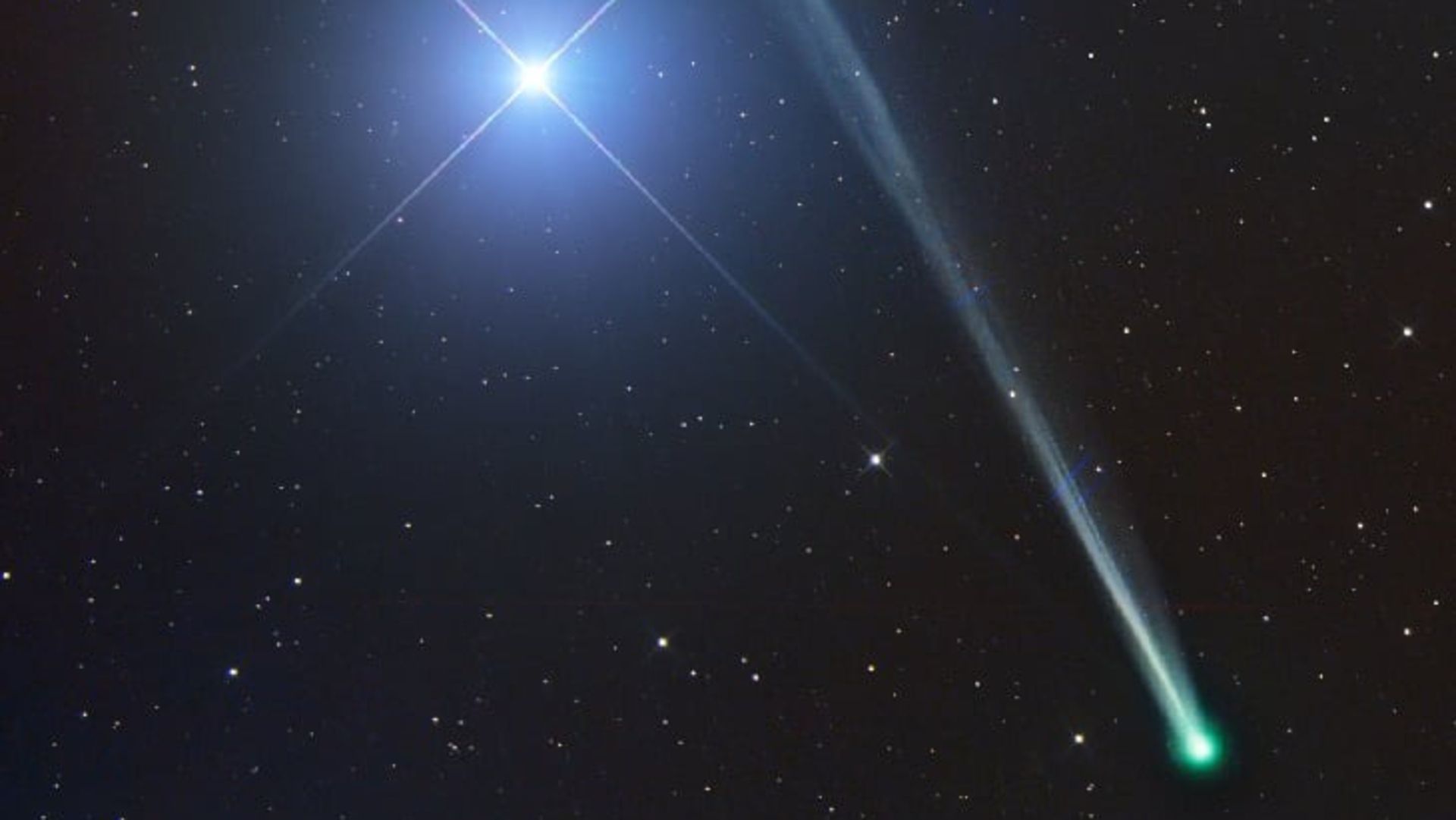CLEVELAND, Ohio — Stargazers in Northeast Ohio and beyond could be in for a dazzling display as the annual Orionid meteor shower reaches its peak under dark, moonless skies.
The Orionids will reach maximum activity overnight Monday, Oct. 20, into the early morning of Tuesday, Oct. 21. Up to 20 meteors per hour may streak across the night sky, according to NASA.
The shower is active for several weeks — roughly from late September through late November — as Earth passes through debris left behind by Halley’s Comet.
Viewing will be especially ideal this year since the new moon arrives on Oct. 21, eliminating glare and making even faint meteors visible. That’s a sharp contrast to the Perseids in August and Draconids earlier this month, which were both partially obscured by a bright waning moon.
Best time and where to look

The best viewing window will come after midnight through the predawn hours of Oct. 21, when the constellation Orion the Hunter rises high in the southern sky.
Meteors will appear to radiate from a point near Orion’s red-orange star Betelgeuse, but they can streak across any part of the sky.
Observers should head to a dark, open area away from city lights, bundle up for the cool night air, and allow 20 to 30 minutes for their eyes to adjust. NASA recommends lying back in a reclining chair and scanning the entire sky without binoculars or telescopes, which can restrict the field of view.
Fast, fiery meteors
Orionid meteors are among the fastest of the year, striking Earth’s atmosphere at roughly 41 miles per second. Many leave glowing trails that linger for several seconds, and some may flare into bright fireballs visible even from suburban skies.
In an average year, viewers can expect 10 to 20 meteors per hour under ideal dark-sky conditions, though rates have occasionally surged higher during rare outbursts.
Pieces of Halley’s Comet
The Orionids originate from the dusty debris of Halley’s Comet, which last passed Earth in 1986 and will return in 2061.
As the comet travels on its 76-year orbit, it leaves behind tiny grains that Earth encounters twice a year — once in May for the Eta Aquariid shower and again in October for the Orionids.
Each meteor is a grain of comet dust burning up in the upper atmosphere, offering a fleeting glimpse of one of history’s most famous comets.
If you purchase a product or register for an account through a link on our site, we may receive compensation. By using this site, you consent to our User Agreement and agree that your clicks, interactions, and personal information may be collected, recorded, and/or stored by us and social media and other third-party partners in accordance with our Privacy Policy.
Source link
:max_bytes(150000):strip_icc()/GettyImages-2240814514-98395b17f4c546a0a3754aa7af28d0f9.jpg)
